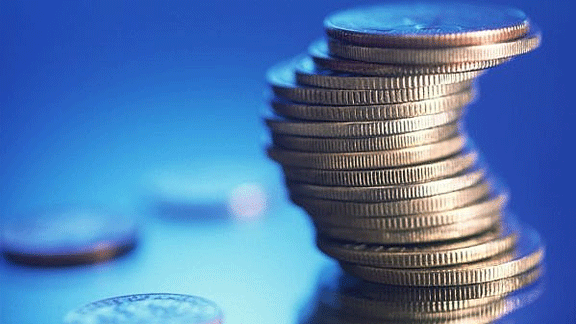Savings inequality at record level

A new report has found that savings inequality in Australia is at record levels.
Beyond our means? Household savings and debt in Australia, released by the Bankwest Curtin Economics Centre, found: “[T]he richest 20 percent of households have an estimated average of $1.3 million in savings. This is more than 200 times the average of the poorest households, which have on average $5,900 in savings”.
This massive chasm is further illustrated by the fact that the richest 7.6 percent have savings “more than the total of all the other households combined”.
Professor Alan Duncan, the centre’s director and one of the report’s chief authors, said that it shows “a huge gulf between the top and the bottom – bigger than what is observed when looking at income alone”.
The record levels of savings inequality comes at a time of record levels of private debt. “Household debt has been growing at an annual rate of 10.3 percent over the last 20 years and now stands at over $2 trillion”, the report says.
Household debt is three times what it was 20 years ago, and savings are declining – particularly in the poorest households.
Unsurprisingly for a report sponsored by a subsidiary of the Commonwealth Bank, the report argues for cuts and austerity: “Government expenditures will inevitably be cut and users will have to contribute more, even if most ideas for reducing costs are being met with opposition”.
As the report shows, inequality, so much a feature of the system around the world, is more and more becoming a feature of Australia.
While workers and the poor have had to reach into their savings just to get by, those at the top of society continue to accumulate more and more wealth.